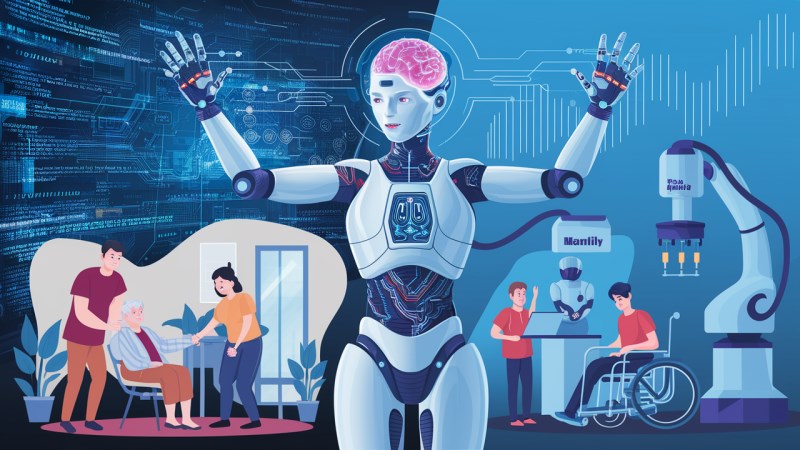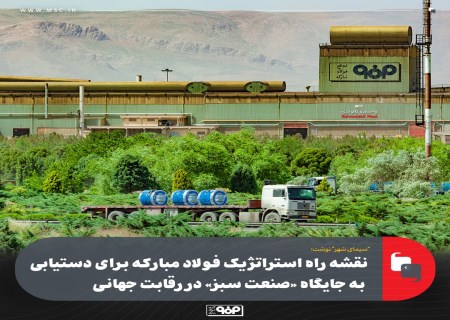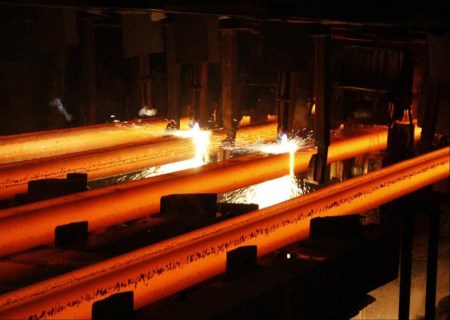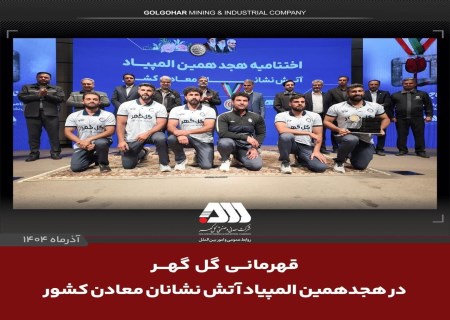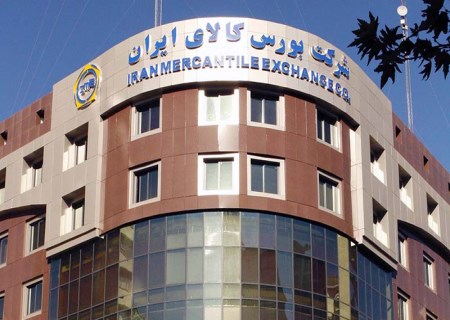به گزارش پیام آوران معدن و فولاد: style="text-align: left;">As we stand on the precipice of a new era in technology, the next five years are expected to bring about transformative changes through the development of artificial general intelligence (AGI) and advanced robotics. This exploration delves into the expected advancements, economic impacts, and societal shifts that these technologies may usher in by 2029.
The Arrival of AGI and Its Economic Implications
Anticipated to emerge by December 2024, AGI represents a level of artificial intelligence capable of performing any intellectual task comparable to a human. This milestone is not just a technological triumph but a potential economic disruptor. Predictions suggest that AGI could impact up to 100 million jobs worldwide, signaling a significant shift in the global job market. The capabilities of AGI extend beyond automating routine tasks to encompass complex cognitive functions across industries, reshaping professional landscapes and necessitating a profound reevaluation of workforce strategies.
Robotics: Enhancing Daily Life and Care
Parallel to the development of AGI, advancements in robotics are set to significantly improve the quality of life, particularly for the elderly, disabled, and sick. Innovations will likely focus on specialized devices tailored for specific assistance tasks rather than general-purpose humanoid robots. These devices are expected to revolutionize home and healthcare environments, offering enhanced support and enabling better independence for individuals requiring assistance.
Economic Transformations and Societal Adjustments
The broader integration of AGI and robotics into the economy presents both challenges and opportunities. Initial phases might see these technologies complementing human jobs, spurring the creation of new industries and professions. However, as these technologies mature, a more disruptive shift is likely. We may witness significant job displacement and shifts in the labor market, challenging existing economic structures and potentially accelerating discussions around policies like universal basic income to buffer against these disruptions.
Project Stargate and the Surge in Infrastructure Demands
Looking ahead to projects like Microsoft's Project Stargate—a planned $100 billion initiative to build extensive AI data centers—highlights the scale of infrastructure that future AI technologies will require. Such projects not only underscore the vast energy demands but also the advancements in energy solutions needed to support these technologies. The push for sustainable energy sources, including solar power and nuclear energy, is expected to accelerate, with nuclear fusion also being a focal point of future energy solutions.
The Role of Fusion Energy in Sustaining AGI
Fusion energy, often cited as a potential game-changer for its promise of clean, unlimited power, is anticipated to play a crucial role in supporting the energy-intensive operations of AGI systems. Efforts like those of Microsoft and Sam Altman's anticipation for "first light" of nuclear fusion by 2029 underscore the critical intersection of energy development and AI infrastructure.
Conclusion: Preparing for a New Technological Epoch
The next five years are poised to be pivotal, with the potential arrival of AGI and the expansion of robotics into everyday life. These developments will require thoughtful consideration of ethical standards, effective governance, and robust infrastructure. By understanding these potential changes and preparing for their impacts, society can aim to harness these technologies to foster a
more efficient, equitable, and prosperous future.

